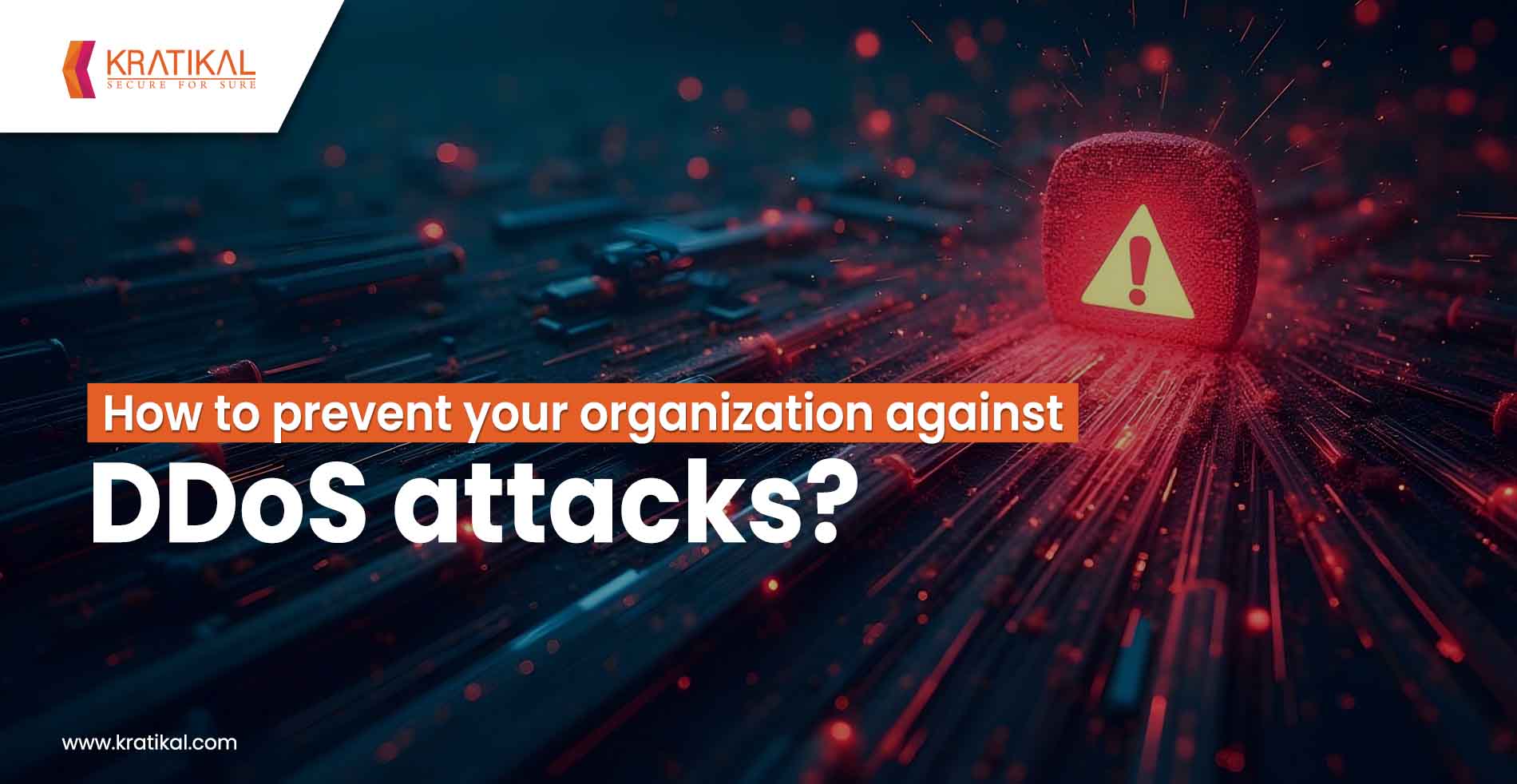A distributed denial-of-service (DDoS) attack is a malicious attempt to disrupt normal traffic on a targeted network, server, or service by overwhelming the target web service with too much traffic from two or more compromised computer systems.
In a DDoS attack, the attacker gains control of a network of online machines to carry out successful attacks. Attackers infect computers and other machines (like IoT devices) with malware, turning these machines into bots or zombies that are under the control of attackers.
Table of Contents
What is a DDoS Attack?
A Distributed Denial-of-Service (DDoS) attack is a malicious effort to interrupt the normal functioning of a server, service, or network by overwhelming it with a massive surge of internet traffic. These attacks work by leveraging multiple compromised devices—ranging from computers to IoT systems—as sources of the attack traffic.
Get in!
Join our weekly newsletter and stay updated
Commonly Deployed DDoS Attacks
- Zero-day DDoS Attacks: In this DDoS attack method, the attacker exploits vulnerabilities that have not been patched yet.
- Advanced Persistent DoS (APDoS): In this type of DDoS attack, the attacker uses a number of other systems.
- UDP Flood: User Datagram Protocol (UDP) is an alternative communication protocol to Transmission Control Protocol.
- Fraggle Attack: It is one of the DDoS attack types where a large amount of UDP traffic is sent to a router’s broadcast network.
- Smurf Attack: This attack type exploits Internet Protocol (IP) and Internet Control Message Protocol (ICMP) because of a malware called Smurf.
- NTP Amplification: This type of attack exploits the Network Time Protocol in order to overwhelm UDP traffic.
- Other DDoS attacks include Application Level Attacks, Slowloris, HTTP Flood, Ping of Death, SYN Flood, etc.
How can organizations prevent themselves from DDoS attacks?
Mitigating a DDoS attack is challenging because it requires distinguishing legitimate traffic from malicious activity. This is especially difficult during events like product launches or complex multi-vector attacks that target multiple layers of the network simultaneously. Attackers often disguise their traffic to blend in, making broad mitigation efforts risky, as they can block genuine users. The most effective defense involves a layered strategy that can adapt to diverse and evolving attack methods without disrupting normal traffic.
Blackhole Routing
A common tactic available to most network administrators is blackhole routing, which directs traffic into a null route where it is discarded. When applied without specific filtering rules, this method drops both malicious and legitimate traffic, cutting off access entirely. During a DDoS attack, an ISP might use blackhole routing to protect its infrastructure by blocking all traffic to the targeted site. However, this approach is far from ideal, as it ultimately achieves the attacker’s goal—making the network or website completely unreachable.
Rate Limiting
Restricting the number of requests a server accepts within a set time frame is another method to help mitigate denial-of-service attacks. While rate limiting can slow down web scrapers and reduce brute-force login attempts, it is generally not enough on its own to effectively counter more sophisticated DDoS attacks.
Web Application Firewall
A Web Application Firewall (WAF) is an effective tool for mitigating layer 7 DDoS attacks. Positioned between the internet and the origin server, a WAF functions as a reverse proxy, shielding the server from specific types of malicious traffic.
It filters incoming requests using predefined rules designed to detect and block DDoS tools. A major advantage of a strong WAF is its ability to quickly deploy custom rules in real time during an attack. Cloudflare’s WAF is one such solution.
Traffic Scrubbing
Traffic scrubbing is a common DDoS mitigation technique where the traffic routed to a particular IP address is redirected to data centres. At these data centres, the attack traffic is cleaned or ‘scrubbed’ and is then sent to the targeted IP address.
Securing the network infrastructure
Mitigating the network security threat by combining the firewall, VPN, load balancing, content filtering, and other techniques helps in securing the network infrastructure of the organization.
Book Your Free Cybersecurity Consultation Today!
Why are DDoS attacks concerning?
- Gone are the days when DDoS attacks were meant to deny services. Now, DDoS attacks veil other forms of cyberattacks, including financial frauds, data breaches, etc. This new advanced form of DDoS is known as a Smokescreen DDoS attack. This attack poses a risk to the network security of an organization since attackers can easily infiltrate the network with such an attack.
- Short sub-saturating DDoS attacks can allow enough bandwidth so that other cyberattacks can easily occur.
- In many cases, DDoS attacks take place prior to a ransomware attack. Cyber-attackers exploit the vulnerabilities present in the network and install malicious software in order to launch a ransomware attack on the organization.
- Service degradation and network congestion are some of the results of DDoS attacks.
- DDoS attacks are also responsible for theft, reputation, and productivity loss as well as theft of sensitive and confidential data.
Conclusion
DDoS attacks have evolved from simple service disruptions to sophisticated threats that can mask deeper cyberattacks like data breaches and ransomware. Their ability to degrade services, cause financial and reputational damage, and exploit vulnerabilities makes them a serious concern for organizations. To effectively combat DDoS threats, businesses must adopt a multi-layered defense strategy that includes traffic filtering tools like WAFs, rate limiting, traffic scrubbing, blackhole routing, and robust network infrastructure security. Proactive prevention and real-time mitigation are essential to maintaining business continuity and safeguarding critical assets.
FAQs
- How can DDoS attacks be effectively prevented?
To reduce exposure to potential threats, organizations can restrict traffic to specific geographic locations and implement load balancers. Additionally, blocking communication through outdated or unused ports, protocols, and applications further strengthens network security.
- How do companies deal with DDoS attacks?
One of the most effective mitigation techniques for this type of threat is using a web application firewall, which can analyze incoming requests and prevent attempts to exploit vulnerabilities within the application.








Leave a comment
Your email address will not be published. Required fields are marked *